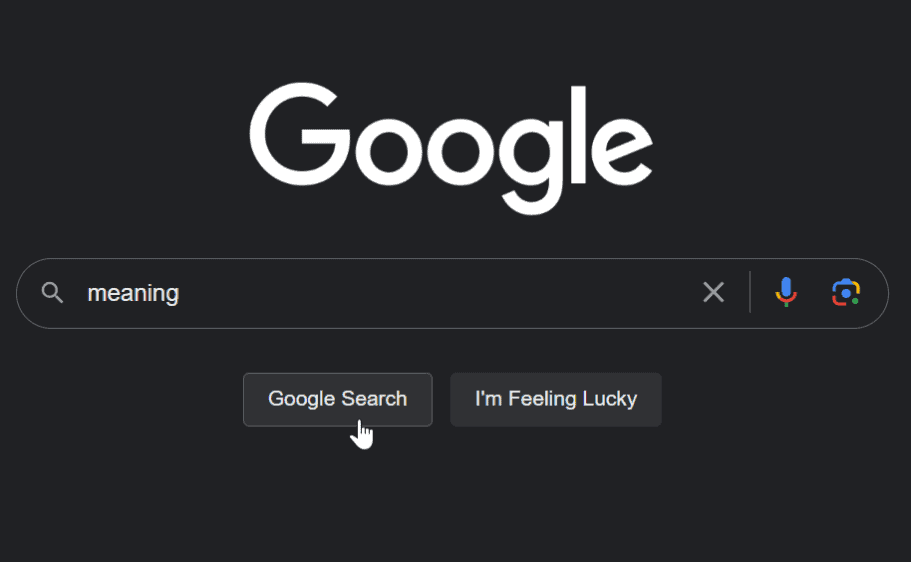Bite the Bullets (A quick summary if you don’t want to read the whole article)
- The Fool’s Choice is the belief that often we have to choose between two undesirable options.
- There are always more than two possible solutions in these situations.
- When in these moments, recalling what you want for yourself and the others involved can lead to a more desirable outcome for everyone.
Savor the Summary
“Crucial Conversations: Tools for Talking when Stakes are High” is a book that has added so much value to my life that I found it impossible to summarize all of the “key points” in one article (Part 1 here). As I mentioned in Part 1, I assumed the focus would be on mastering conversational skills, but I learned so much more.
In Part 1, I summarized some of the tools Crucial Conversations provides that can help you reshape your reality and a few real-life examples where these tools are most useful. I refer to some of these tools as “superpowers” because I believe they can completely transform lives.
This article adds to the list of superpowers and gives you some more examples so you can start using the tools today!
Fool’s Choice
One of the main topics covered in Crucial Conversations is an idea called the “Fool’s Choice.” Author Stephen Covey describes the Fool’s Choice as people believing they have to “[choose] between two bad alternatives” (21). For example, when faced with giving someone feedback people often believe they have to choose between A) being respectful and not saying anything, or B) being honest and hurting the other person’s feelings.
What these options are really saying is that this person thinks the only options are A) “I don’t want to offend them so I won’t say anything” or B) “tough cookies, I have to speak my mind whether they like it or not” which is more venting their frustrations than it is giving feedback.
This is referred to as the Fool’s Choice because it is foolish to oversimplify the realm of possible solutions down to these two options. In this example, taking an extra 15 seconds to think “how can I be 100 percent honest … AND 100 percent respectful?” gives your brain the opportunity to create other options, many of which will be better than saying nothing or being brutally honest (22).
As mentioned in Part 1, the ability to pause in the moment and consider alternatives to the options that immediately come to mind can be a superpower. Take a moment to think of a problem in your life that you believe only has two solutions and reevaluate the assumptions you are making.
A common problem I see many of my friends and colleagues facing these days is after they get off of work they have to choose between exercise, sleep, and family/fun time. Almost everyone believes at best they can only choose two out of the three. But taking a minute to think of alternative solutions, a few options that make all goals possible come to mind:
- Make exercise a fun activity that you do with family/friends to achieve two goals at once.
- Reconsider how much time you need to exercise to get the benefits (not all workouts need to be 1.5hrs), so you can have more time to spend with family and sleep.
- Reevaluate the assumption that how much you work can’t change (whether you work 8 or 14hrs, there will always be more work to do the next day so pace yourself and make your life schedule more sustainable).
This exercise took me under a minute to think of additional options to the ones initially laid out, and could save days to years of time while also improving my quality of life. But applying this once immediately after reading this versus making it a lasting habit is easier said than done. So a simple reminder I use to overcome the Fool’s Choice instinct is saying to myself “A or B isn’t the way to ‘C’ the world.”
I’ve found that having practiced this saying a few times has made it hard wired to come to mind when I hear “this OR that” with no extra effort required.
What Do You Want for Yourself and Others?
An approach to overcoming the Fool’s Choice mentioned in Crucial Conversations is asking yourself “what do I want for myself [and] … others?” (43). Think back to the first example of giving someone feedback where the Fool’s Choice was choosing between A) being respectful and not saying anything, or B) being honest and hurting the other person’s feelings.
If being honest when asking yourself “what do I want for myself and others?” the options might translate in to “do I A) want to vent out my frustrations or B) provide constructive feedback that will make things better?”
Explicitly addressing what your original goal was prior to making a decision will often shine light on the fact that the first two options that came to mind wouldn’t help achieve that goal. And the superpower of pausing in the moment to recall your original goals or think of other options can make all the difference in the world.
If unable to escape the thought structure of the Fool’s Choice (thinking there are only two options), pairing it with this question of “what do I want for myself and others?” will at least help you understand the true implications of the two options. In doing this, the best parts of the two original options can combine and make a better third option (e.g. being respectful and honest).
Conclusion
Crucial Conversations is a book that has provided me with some of the best skills that I can apply to all aspects of my life. From changing my internal narrative about the world to pausing in a situation so I can expand the realm of possible outcomes, the tools provided are true mental superpowers that have brought me a ton of value and I hope they do for you too!



